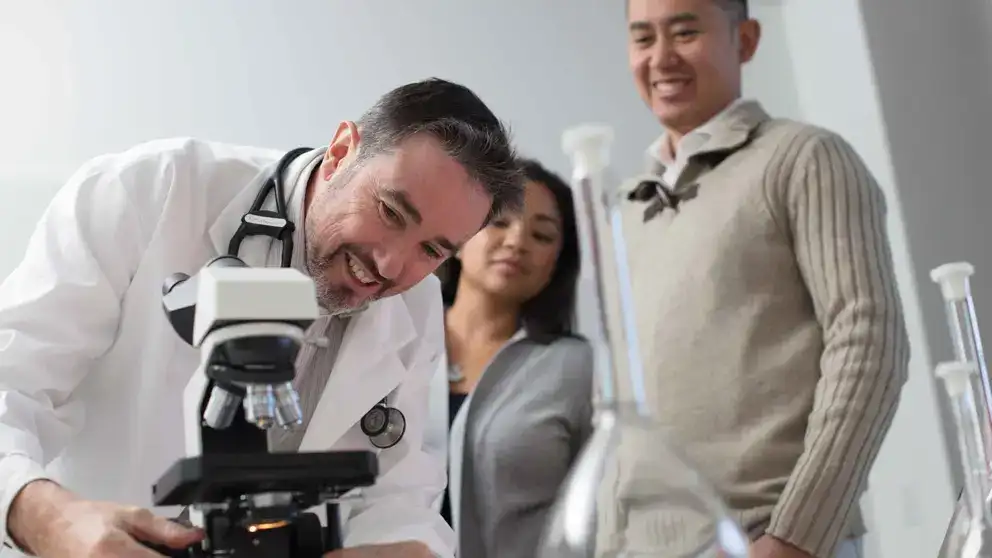Dr. Kim Connelly and his colleagues are one step closer to helping damaged heart cells repair themselves.
Dr. Connelly, a cardiologist and Heart & Stroke funded researcher at St. Michael’s Hospital in Toronto, is working with colleagues on a clinical trial with people whose hearts have been damaged by heart attacks and other heart disease. The trial is led by Dr. Duncan Stewart at The Ottawa Hospital and the University of Ottawa.
Until now, there has been no treatment for this kind of damage, which reduces heart function and eventually leads to heart failure.
Over the past year we’ve been talking about Dr. Connelly’s exciting lab research, which showed how damage can be reversed in individual cells of the heart.
Research is absolutely vital to developing new treatments.
Now the team is testing this process within human patients. They take out some of the patient’s own cells, modify them, and inject them back into the damaged heart muscle.
If the clinical trial is successful, it opens the possibility that the damaged heart tissue can actually repair itself.
Life-changing potential
This area of research is called regenerative medicine. Its promise is nothing less than life-changing for the estimated 600,000 Canadians living with heart failure. Currently there is no cure for this chronic and debilitating condition.
All of this work takes time, cautions Dr. Connelly. “Building new cells from our own raw materials is a challenge, especially when you’re dealing with a mechanism as complex as the human heart.”
As Canada’s population ages and more people are diagnosed with heart failure, researchers like Dr. Connelly are hopeful that innovative research like regenerative medicine could one day offer a cure for heart failure.
“I really do believe research is absolutely vital to improving our current treatments and developing new treatments,” he says.
- Make more breakthroughs possible. Donate now.
- Learn more about heart failure.

